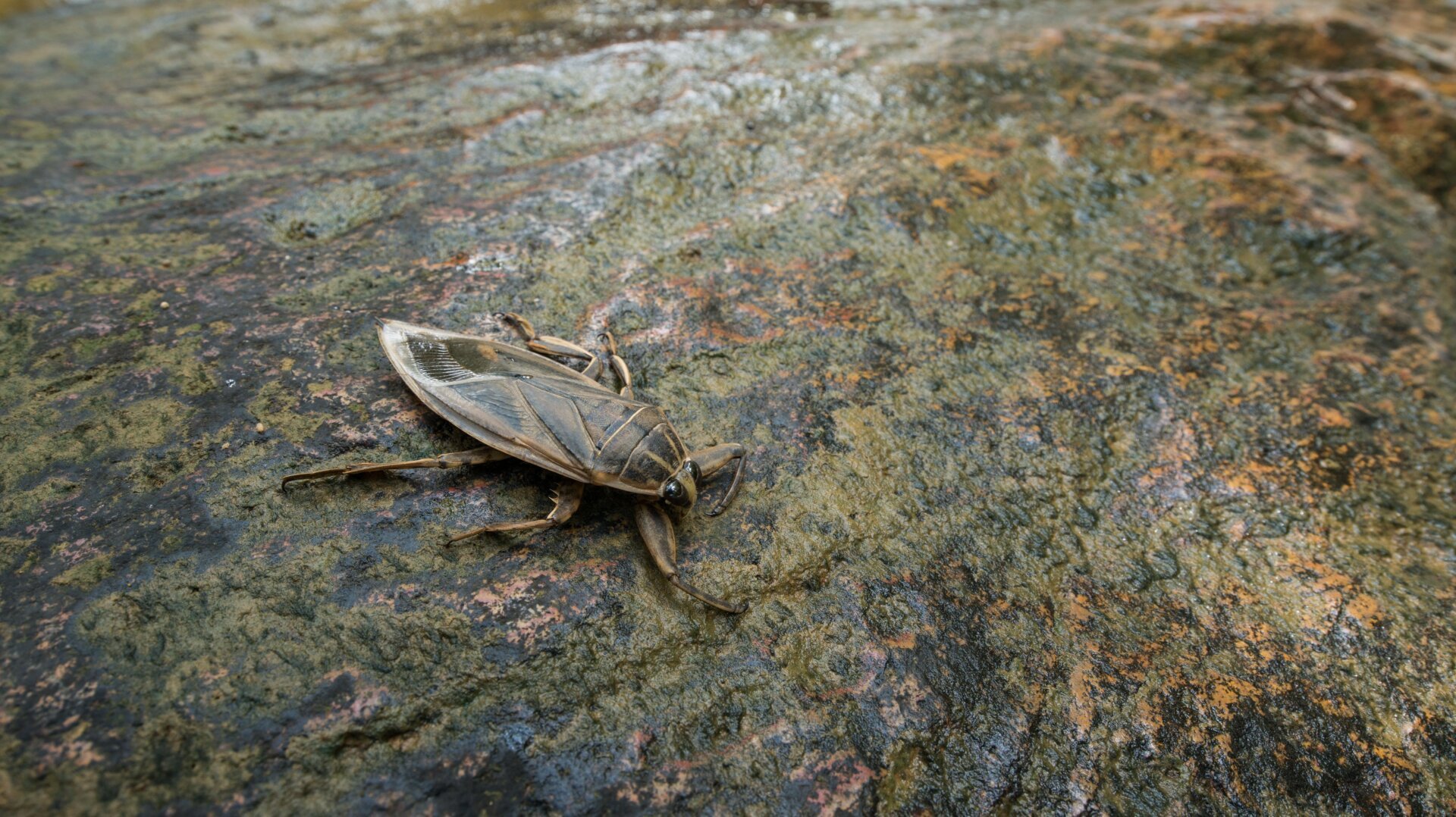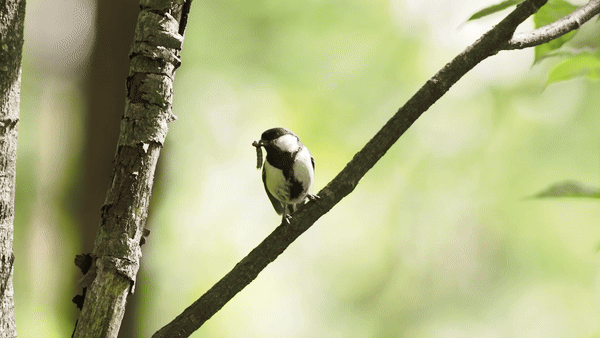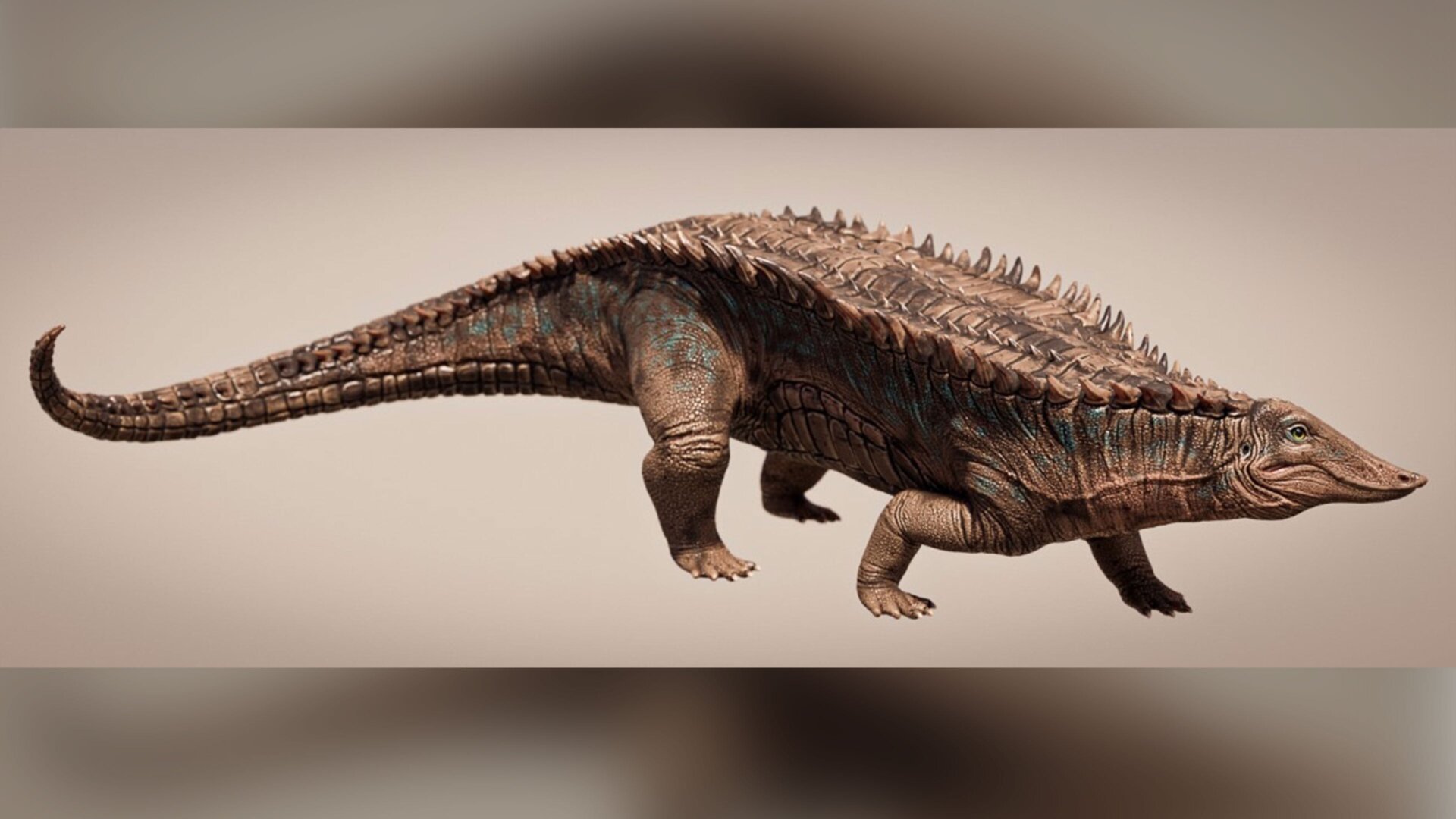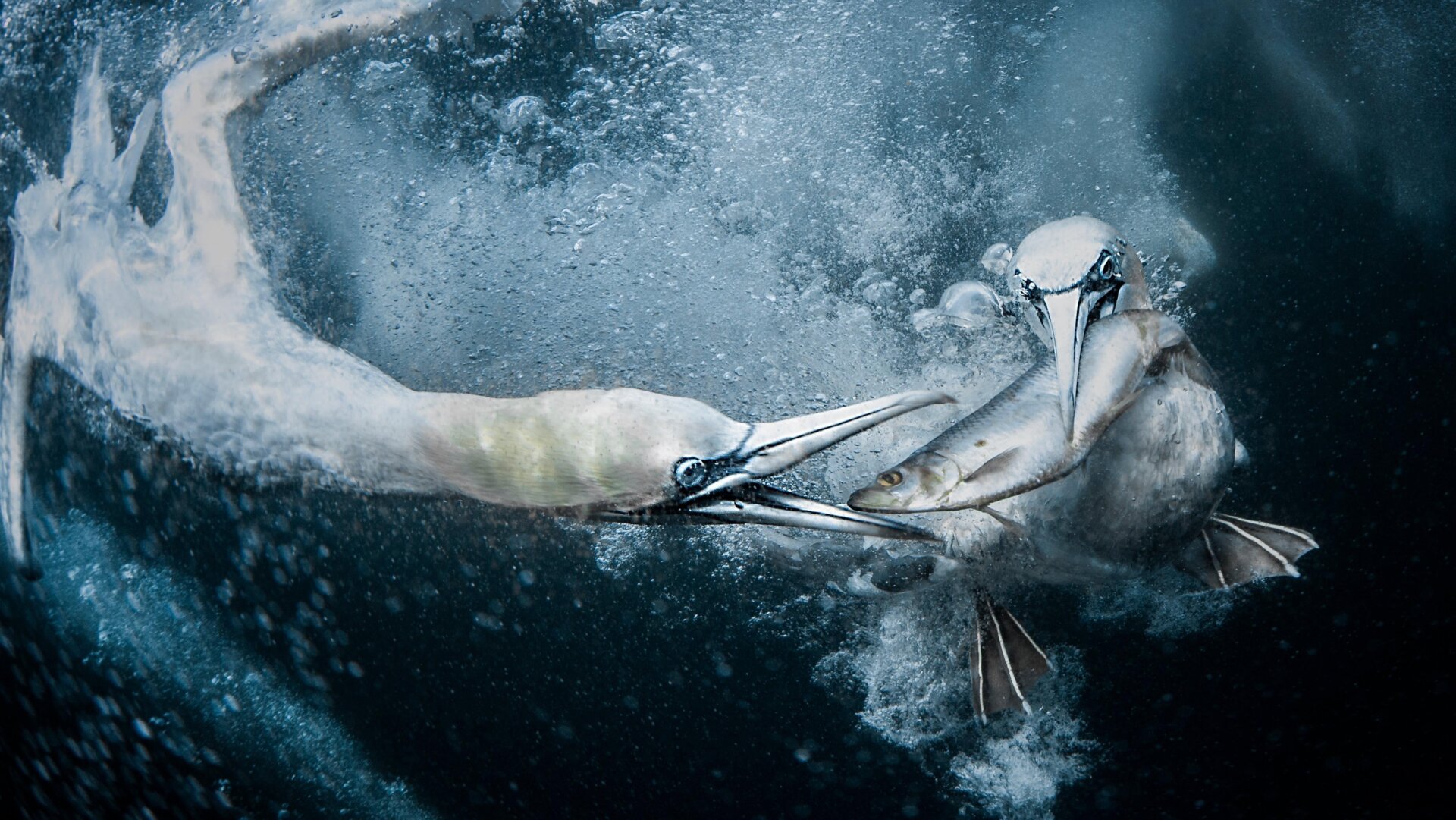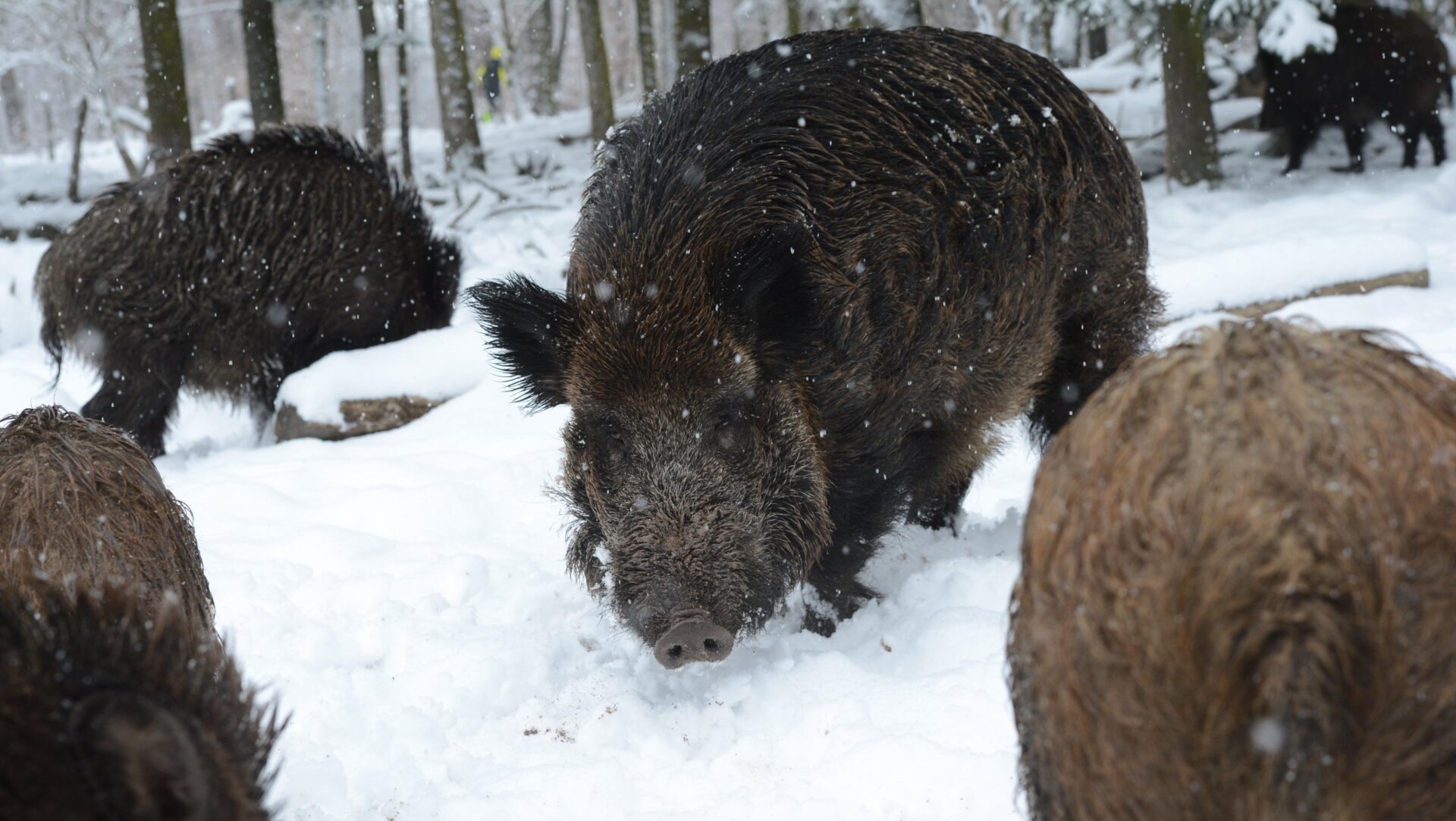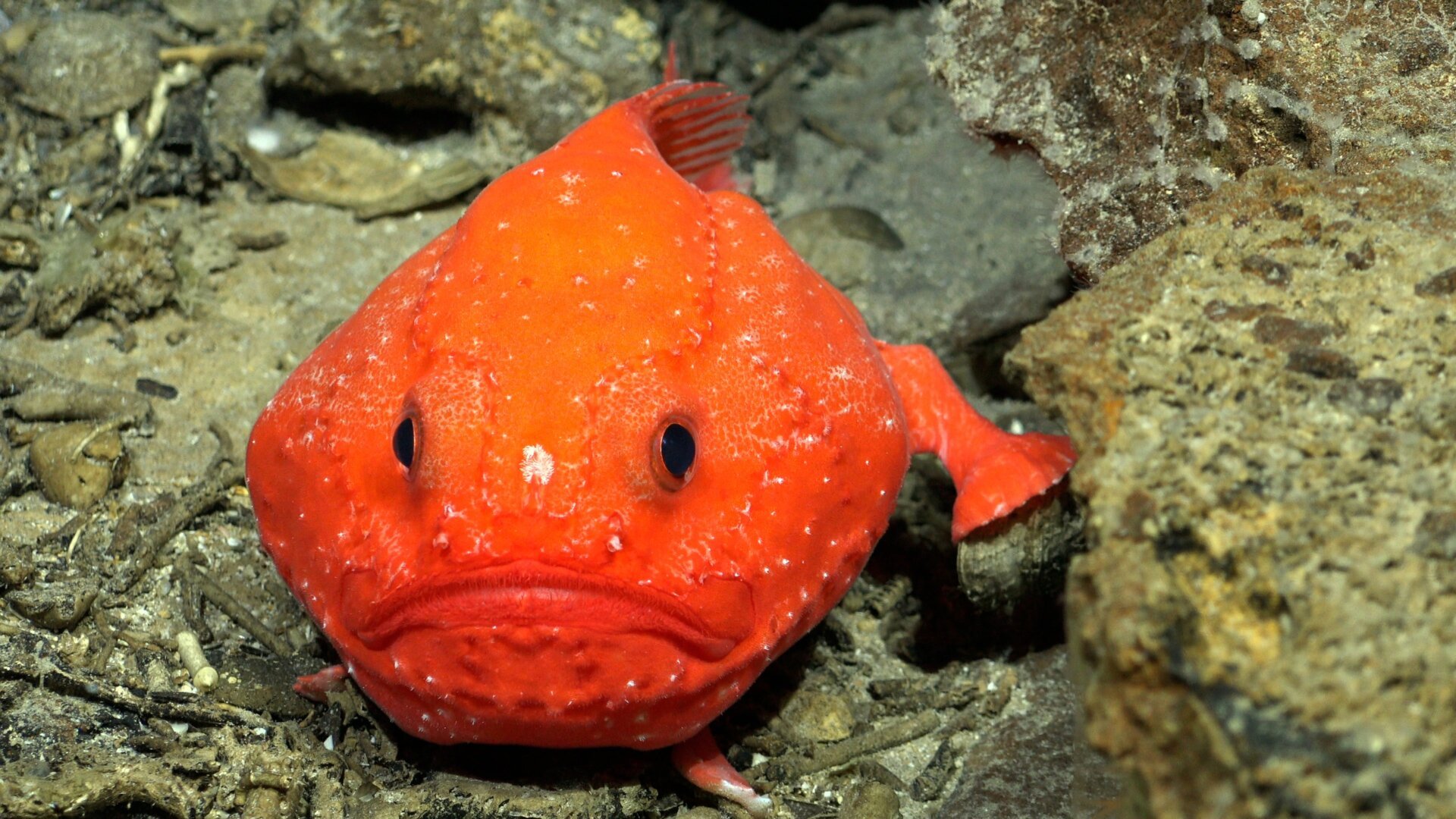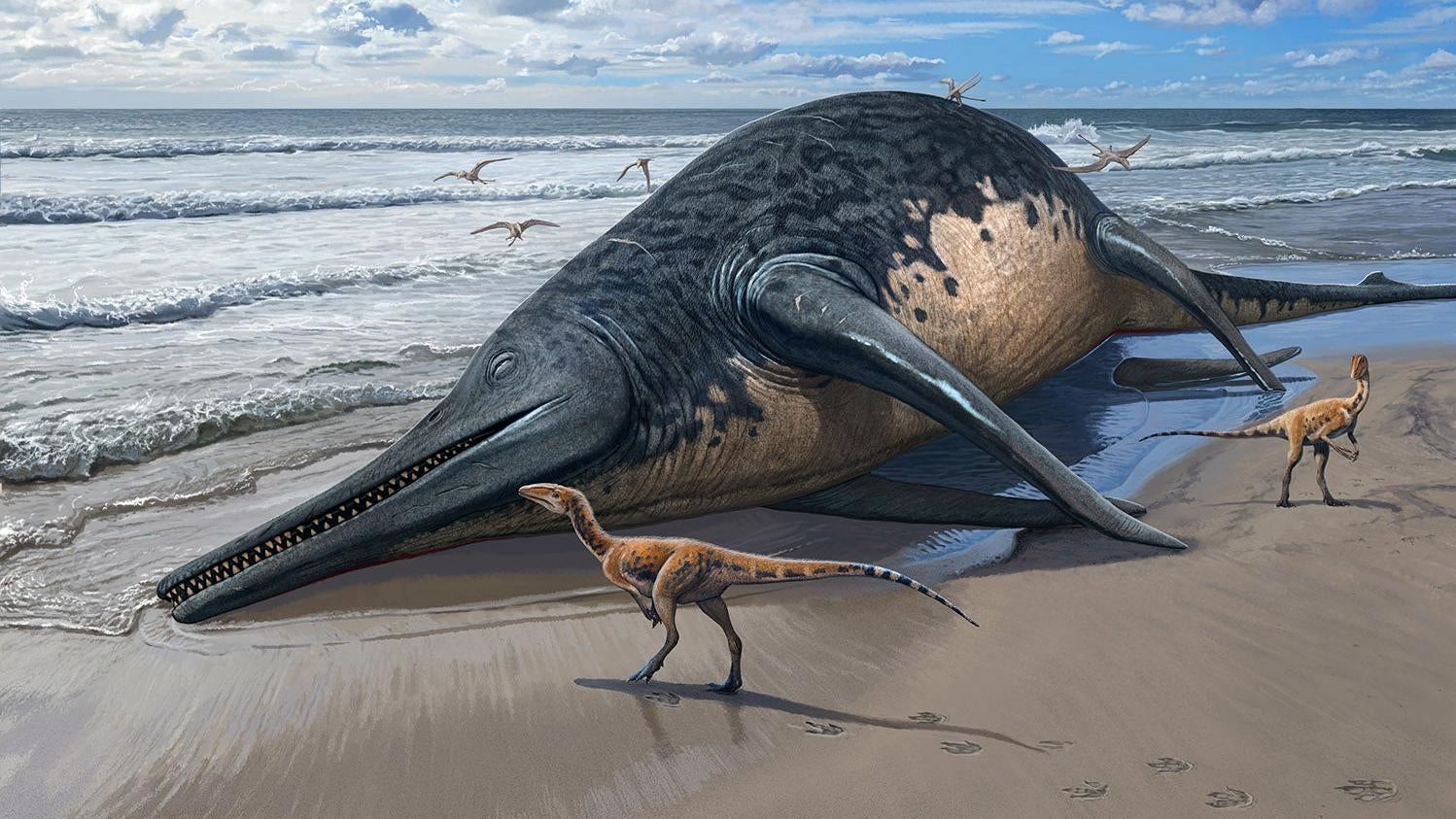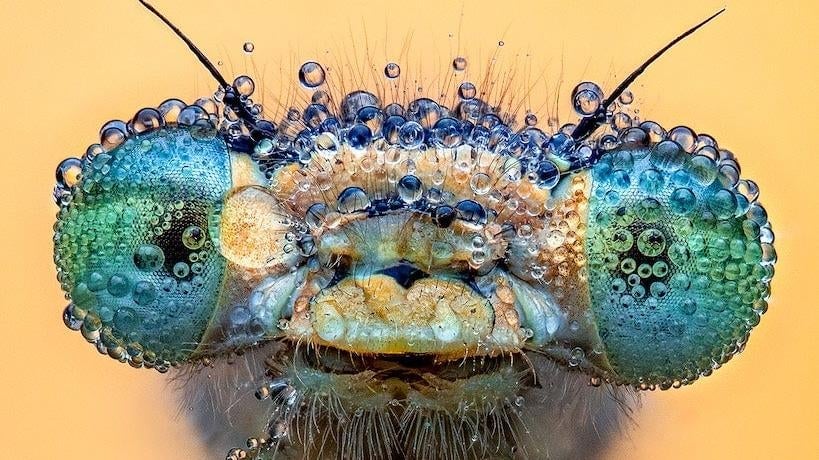Giant water bugs ( Lethocerus patruelis) have been reported in Cyprus for the first time, raising concerns about their establishment on the island. While previously unrecorded in Cyprus, these insects are known to inhabit neighboring countries like Greece, Turkey, and Israel. Recent research, published in Travaux du Muséum National d’Histoire Naturelle “Grigore Antipa,” documents seven sightings, primarily along Cyprus’ eastern coast.
These sightings, five documented on social media and two directly reported to researchers, initially came from surprised swimmers encountering the bug’s large size and distinctive appearance. While field research in Cypriot wetlands didn’t reveal any specimens, the team was able to acquire specimens from individuals who had posted their discoveries online.
Sometimes called electric light bugs, some species can exceed 4.72 inches (12 centimeters) in length. Their diet consists of invertebrates, fish, and turtles, and they have even been known to prey on birds. While their bite is incredibly painful to humans, it’s not lethal. Like most animals, these “toe-biters” generally avoid humans and rarely bite unless provoked.
The research team suggests that the insects likely flew to Cyprus from the mainland, possibly attracted by coastal lights. Alternative theories include wind or sea currents carrying the bugs to the island.
The discovery of L. patruelis in Cyprus highlights the expanding range of this genus. Other Lethocerus species are found in various locations worldwide, including southern Canada, the United States, Southeast Asia, Oceana, and parts of Africa.
The presence of L. patruelis in Cyprus underscores the dynamic nature of insect distribution and the potential for species to expand their range, often with unforeseen consequences for local ecosystems. Further research is needed to monitor the population and assess the long-term impact of these giant water bugs on the island’s environment.



